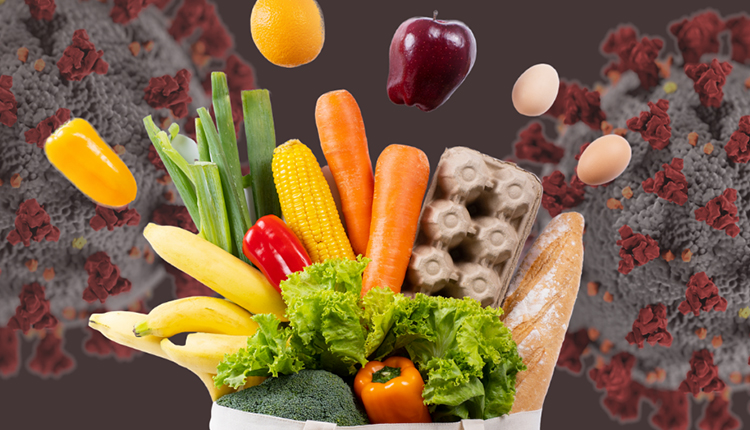Chicken with salmonella can make you sick. So can romaine lettuce with E. coli and buffets with lurking norovirus. So why aren’t health officials warning people about eating food contaminated with the new coronavirus?
The answer has to do with the varying paths organisms take to make people sick, AP reported on Wednesday.
Respiratory viruses like the new coronavirus generally attach to cells in places like the lungs. Germs like norovirus and salmonella can survive the acid in stomachs, then multiply after attaching to cells inside people’s guts.
“Specializing in what tissues to attach to is typically part of the disease’s strategy to cause illness,” according to the U.S. Centers for Disease Control and Prevention.
The CDC and other experts note that the virus is new and still being studied. But they say there’s no evidence yet that COVID-19 sickens people through their digestive systems, though the virus has been detected in the feces of infected people.
How these germs spread also differs.
Respiratory viruses like the flu and the new coronavirus spread mainly through person-to-person contact and air droplets from coughing, sneezing or other flying saliva.
Germs that make people sick through food cause symptoms like diarrhea. In some cases, germs in the feces can capitalize on poor hygiene to jump from people’s hands to whatever else they touch.
That’s why it’s so important for food workers to stay home when they are sick with digestive illnesses: There’s a big risk the restaurant could end up sickening lots of people.
When it comes to food and COVID-19, experts say the biggest risk is contact in grocery stores with other customers and employees, rather than anything you eat. It’s why stores are limiting the number of people they let in, asking customers to practice social distancing and using tape to mark how far apart people should stand.


